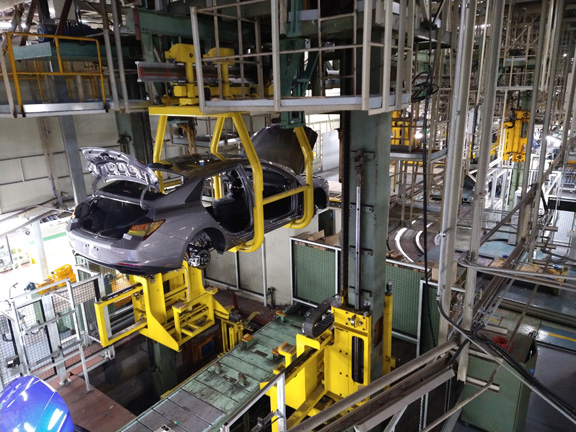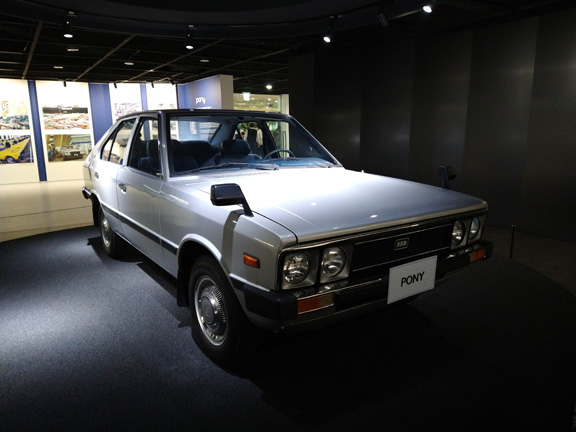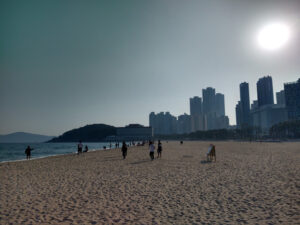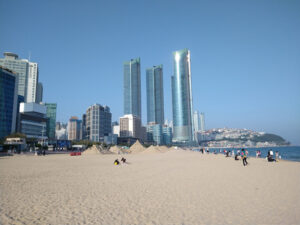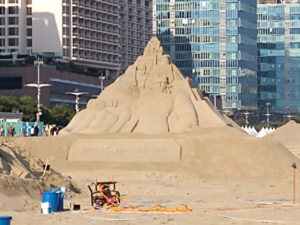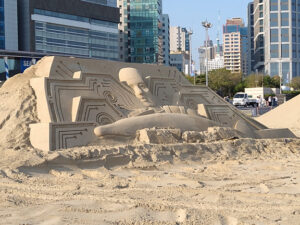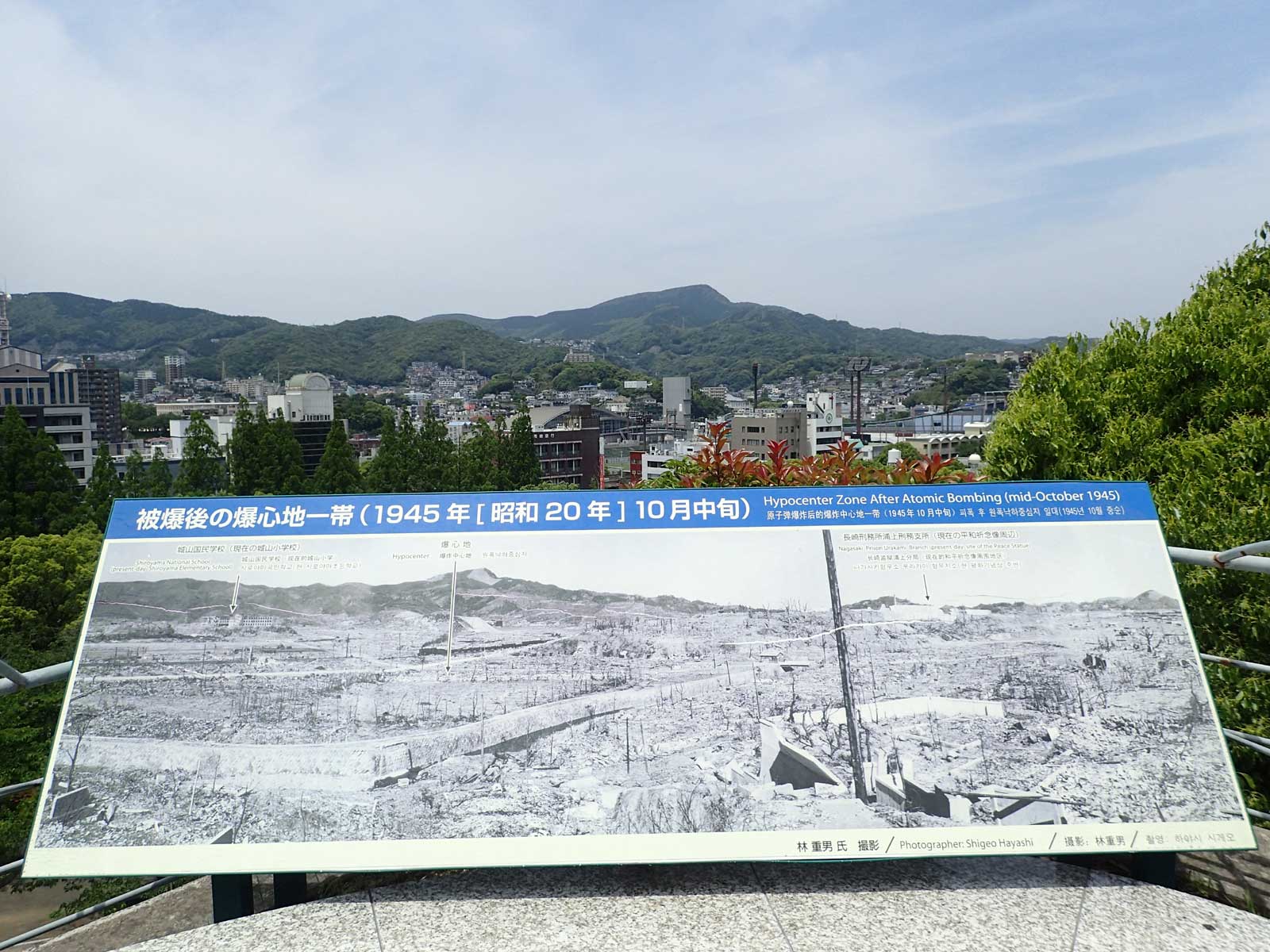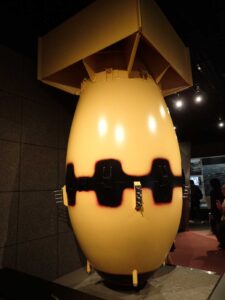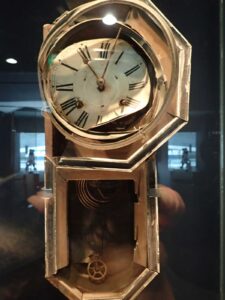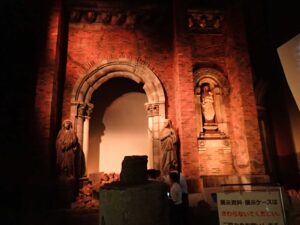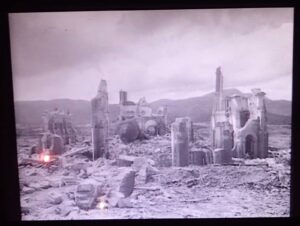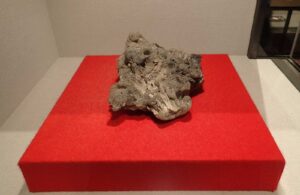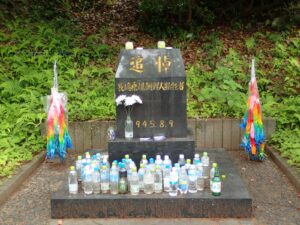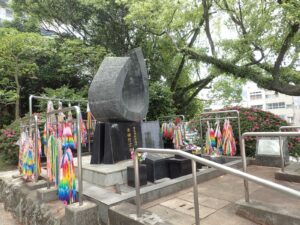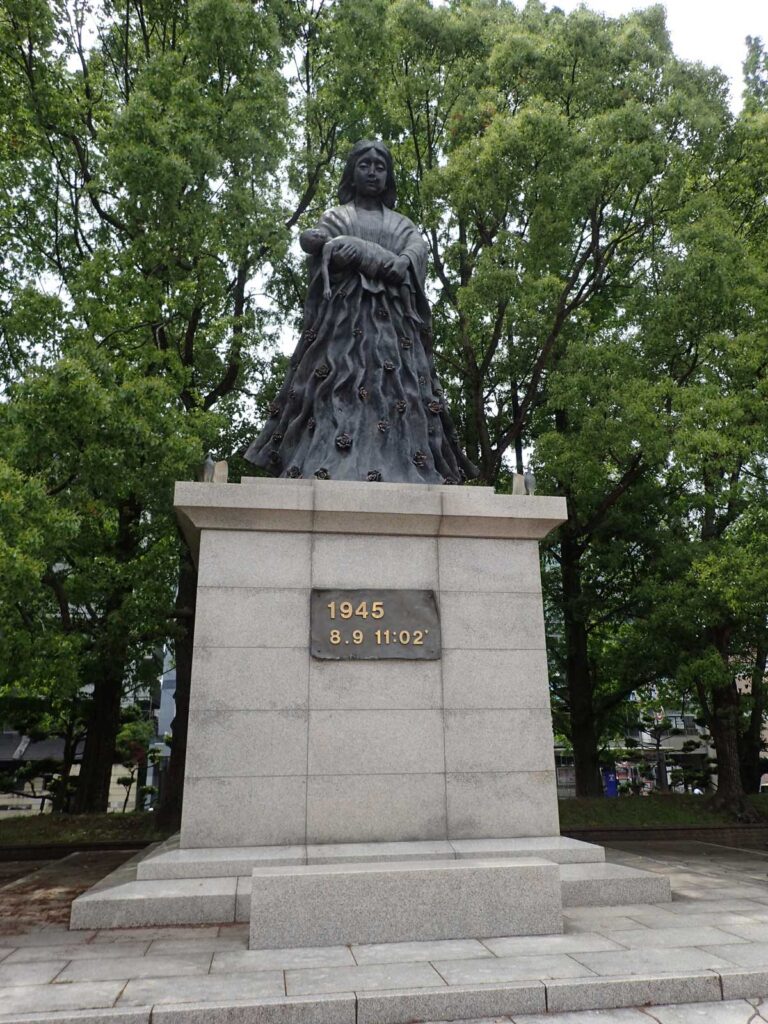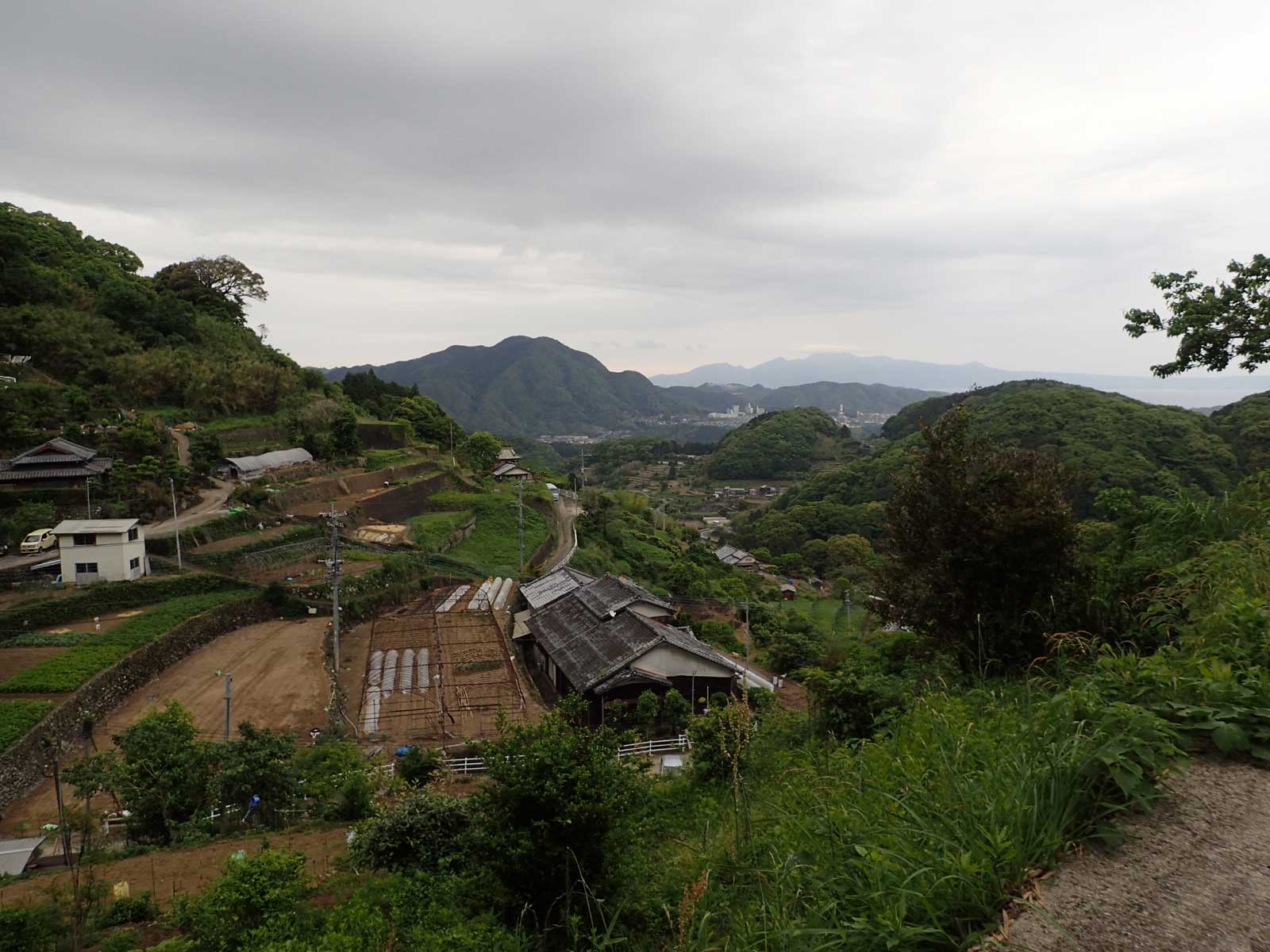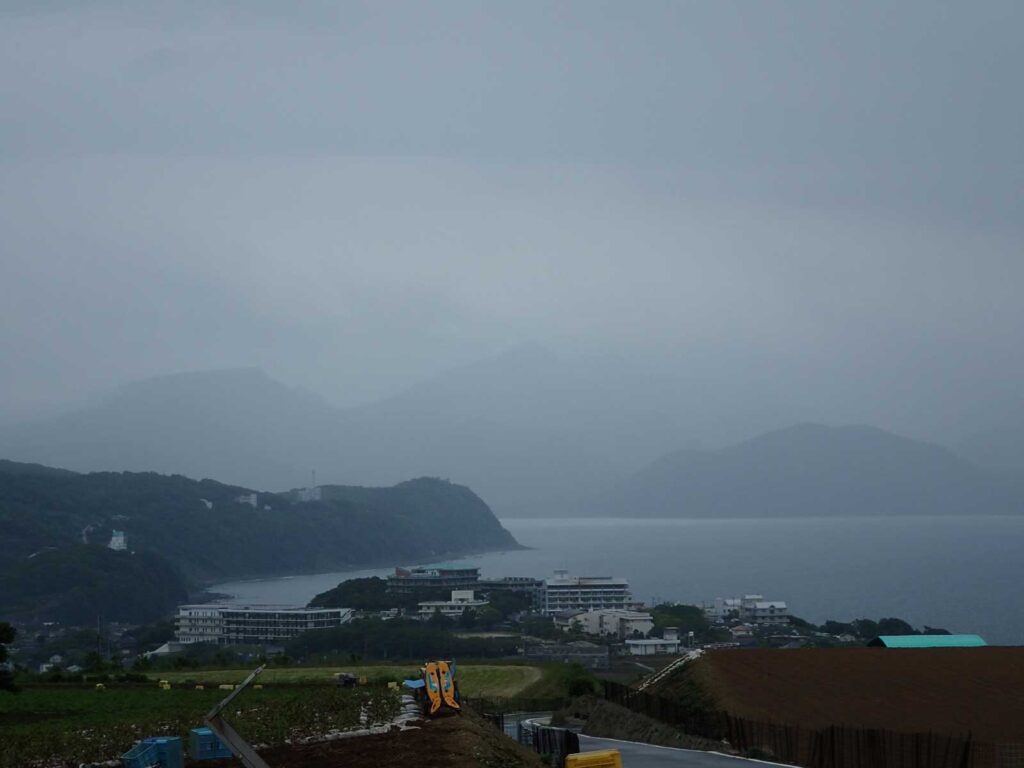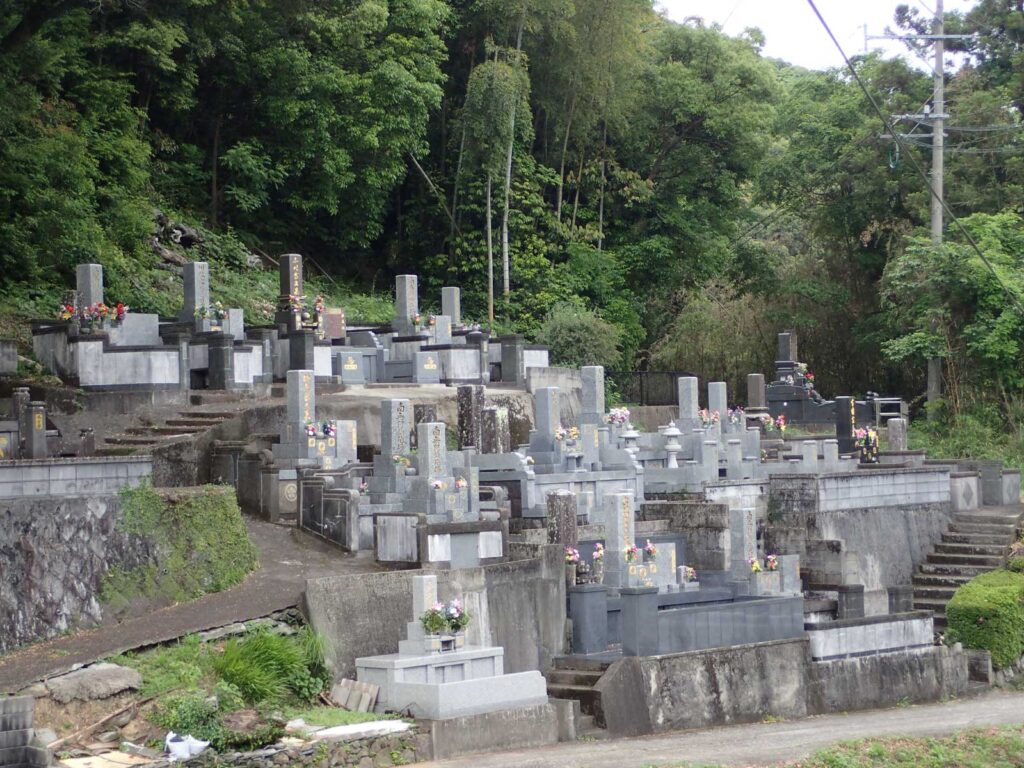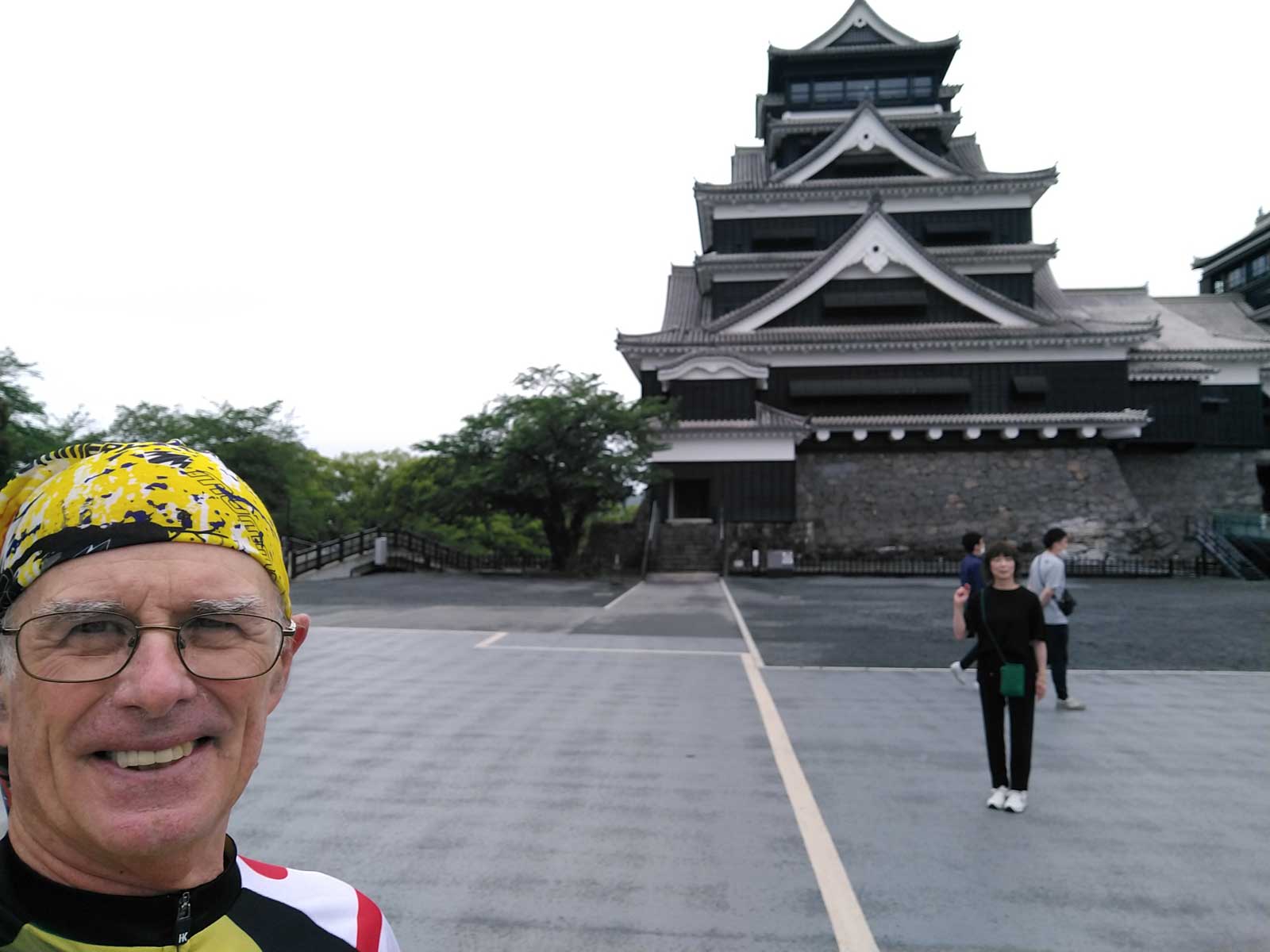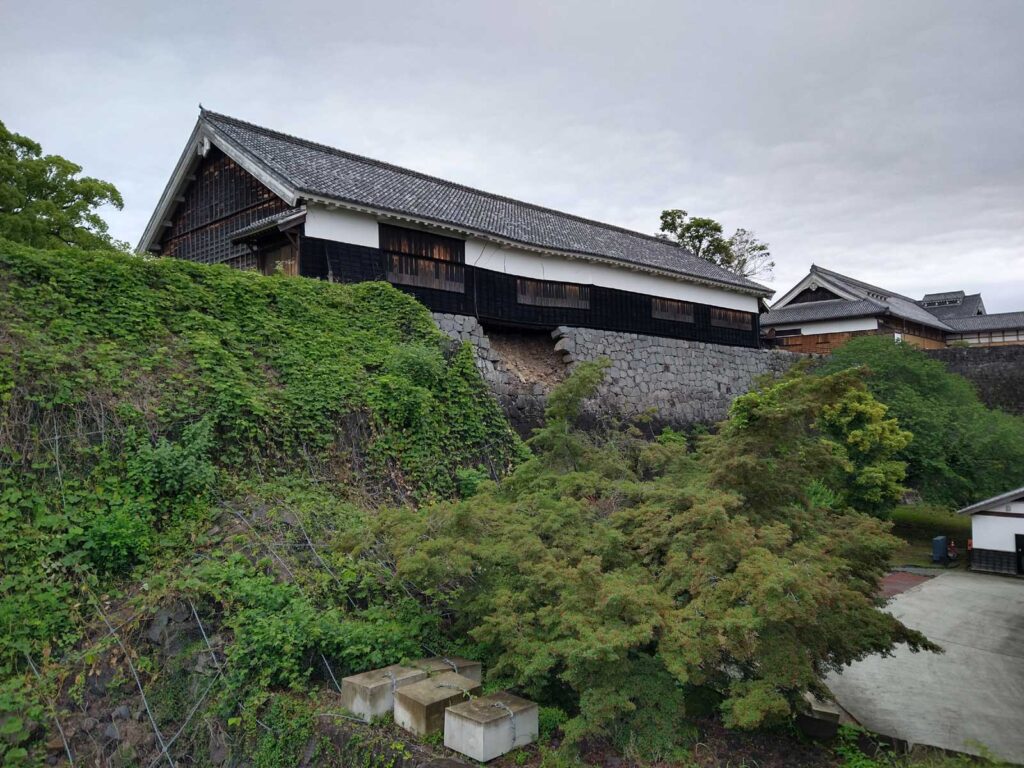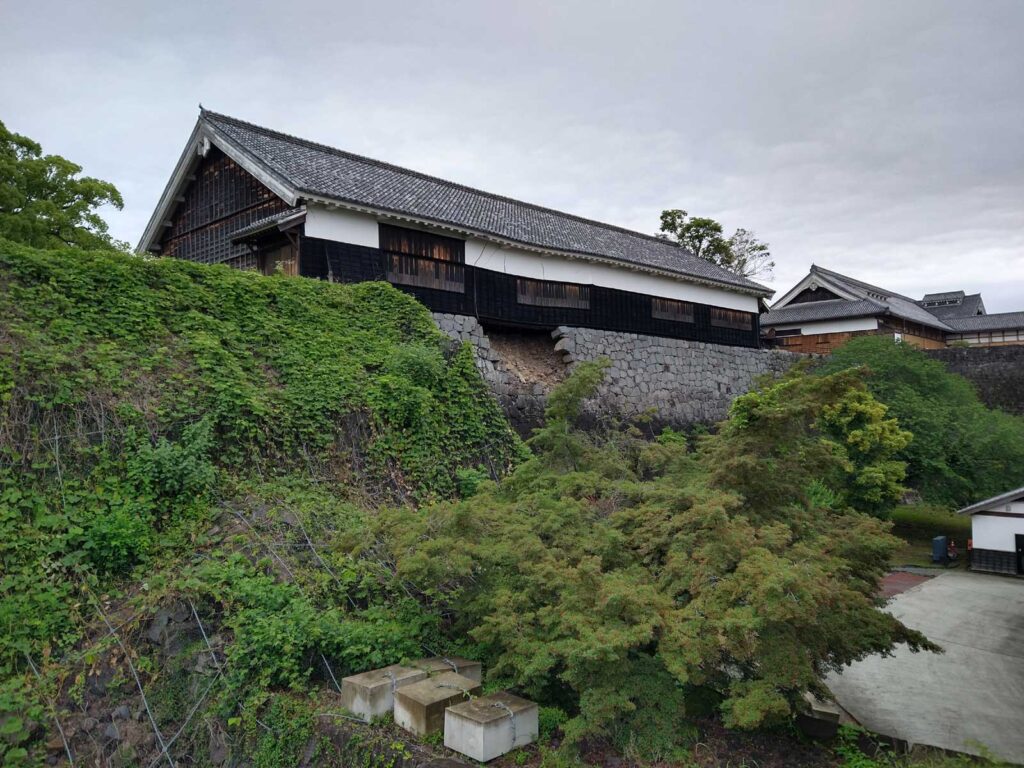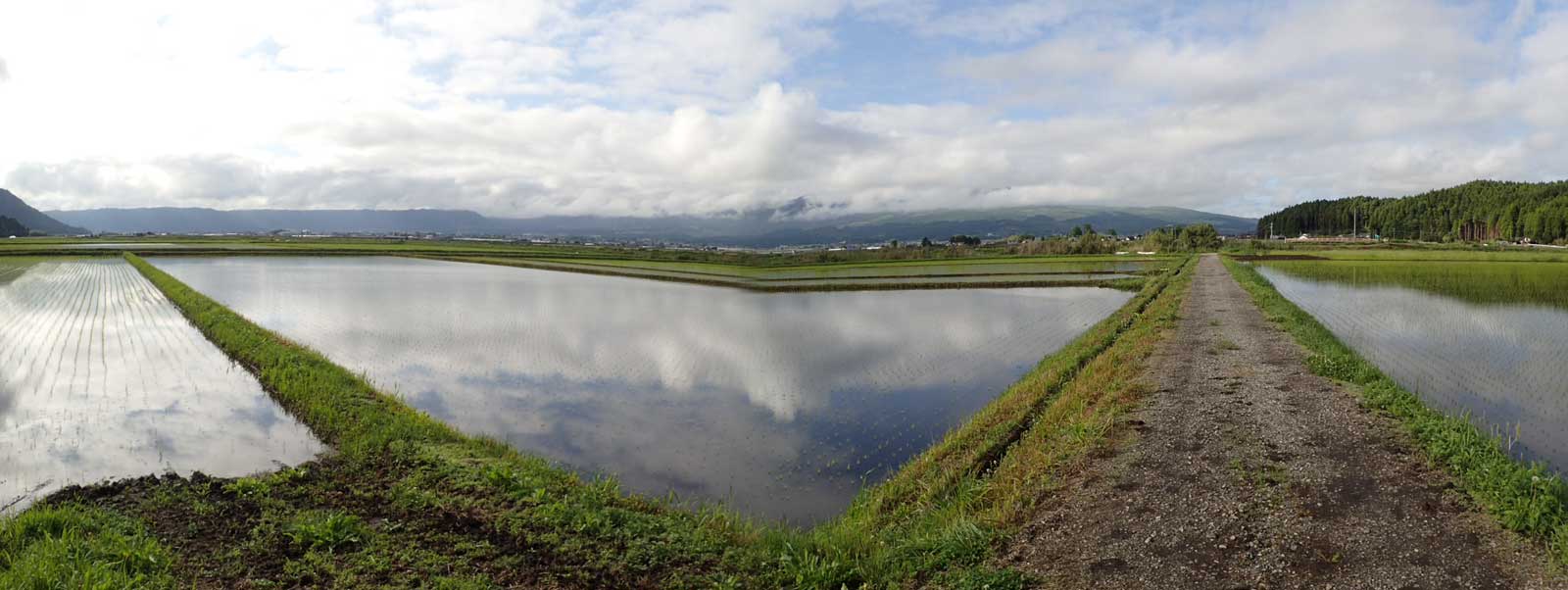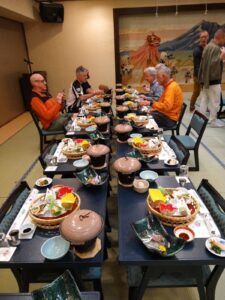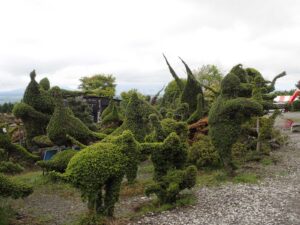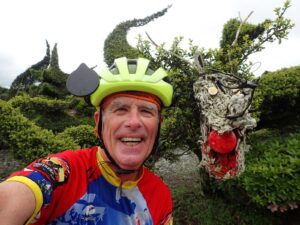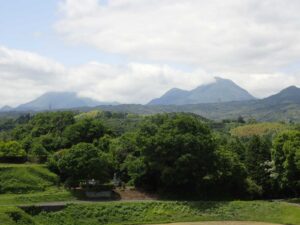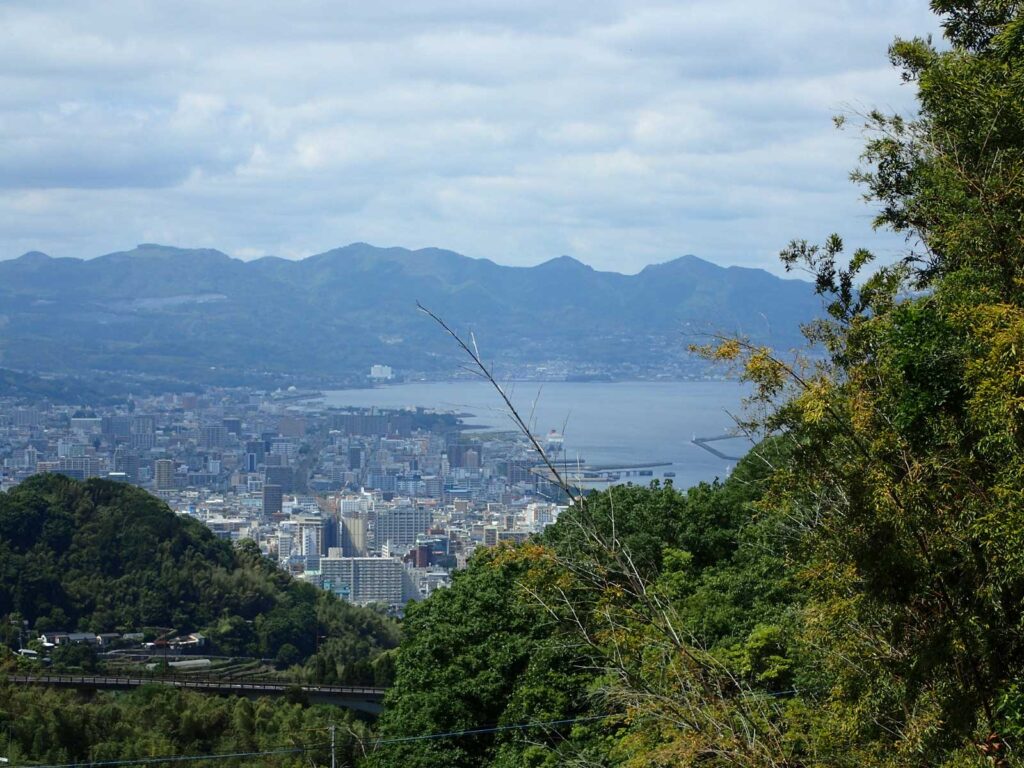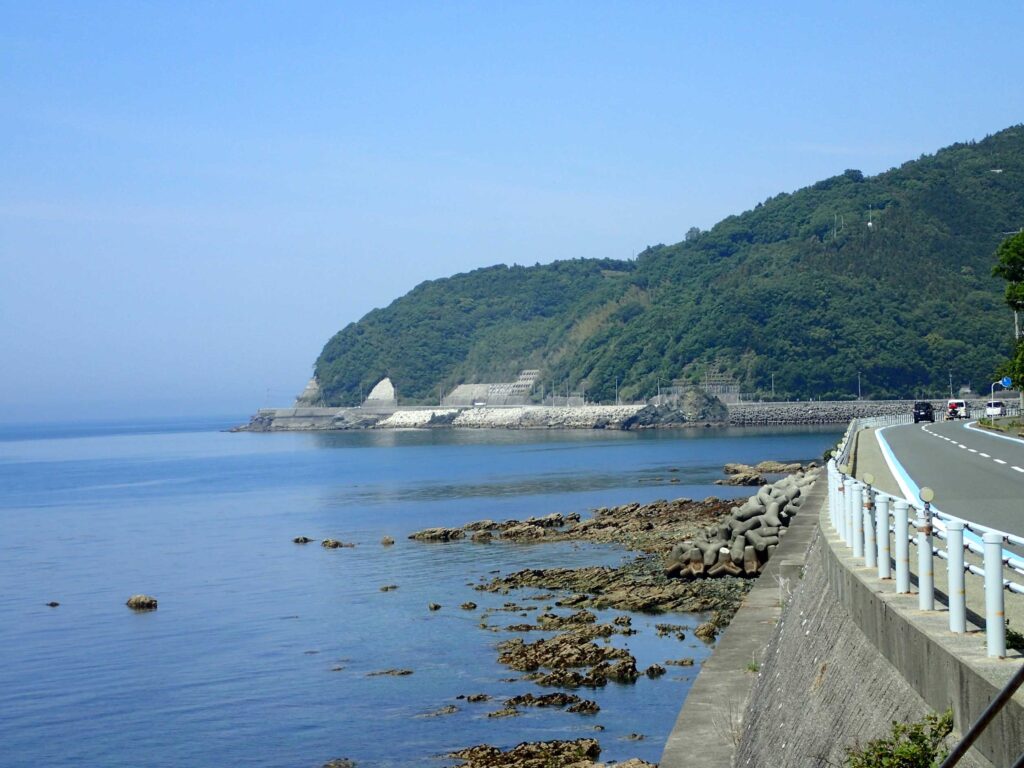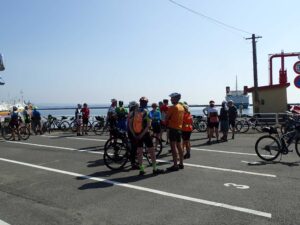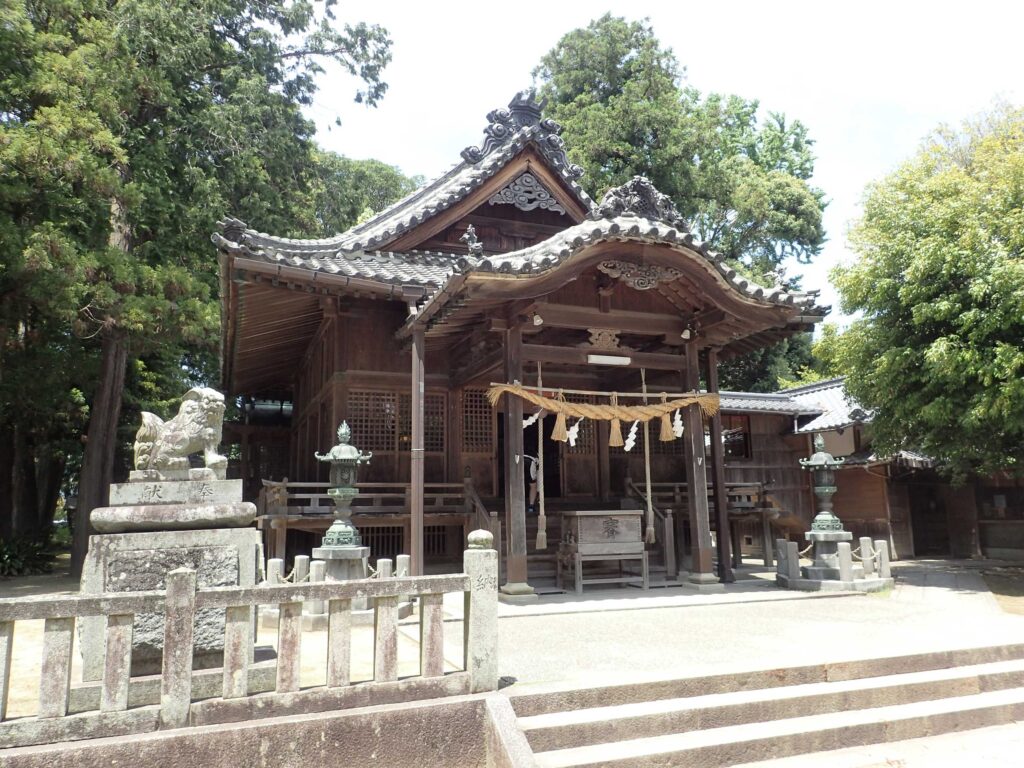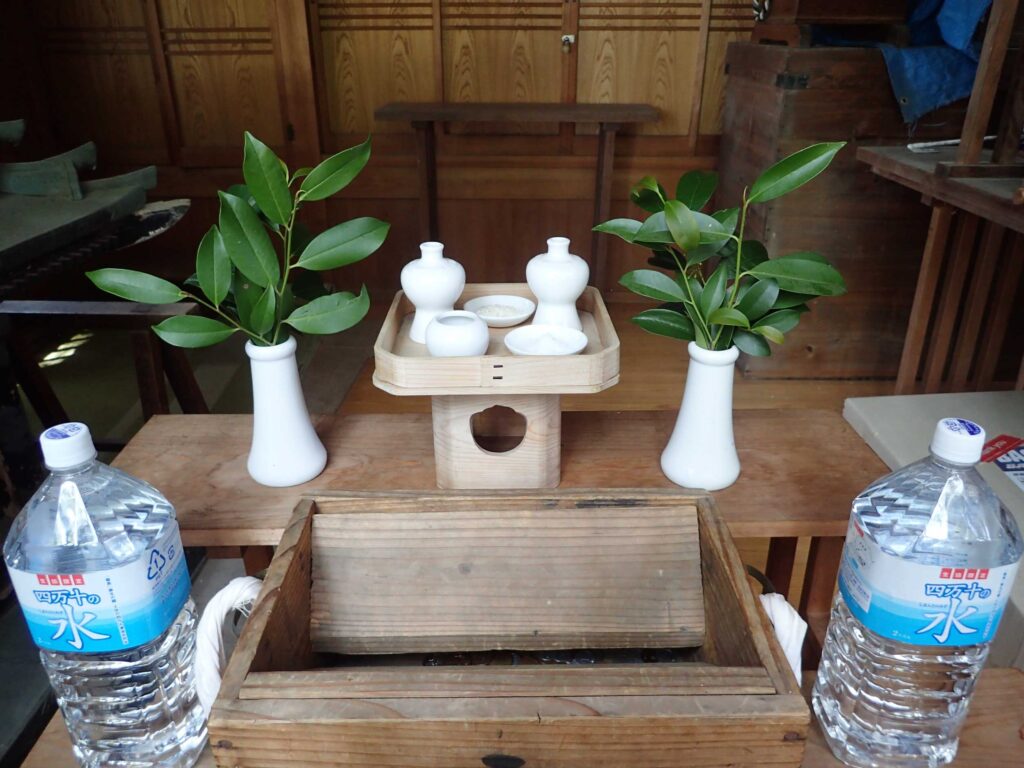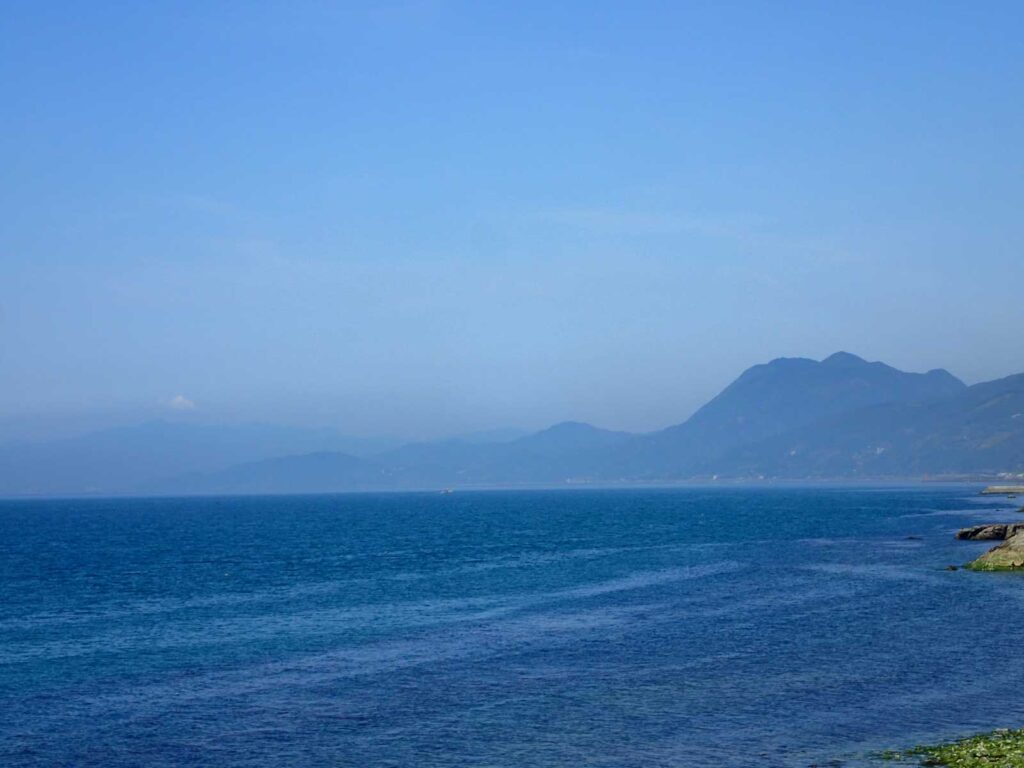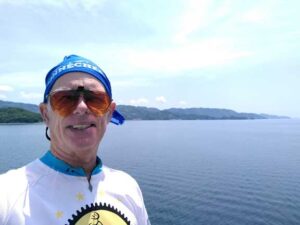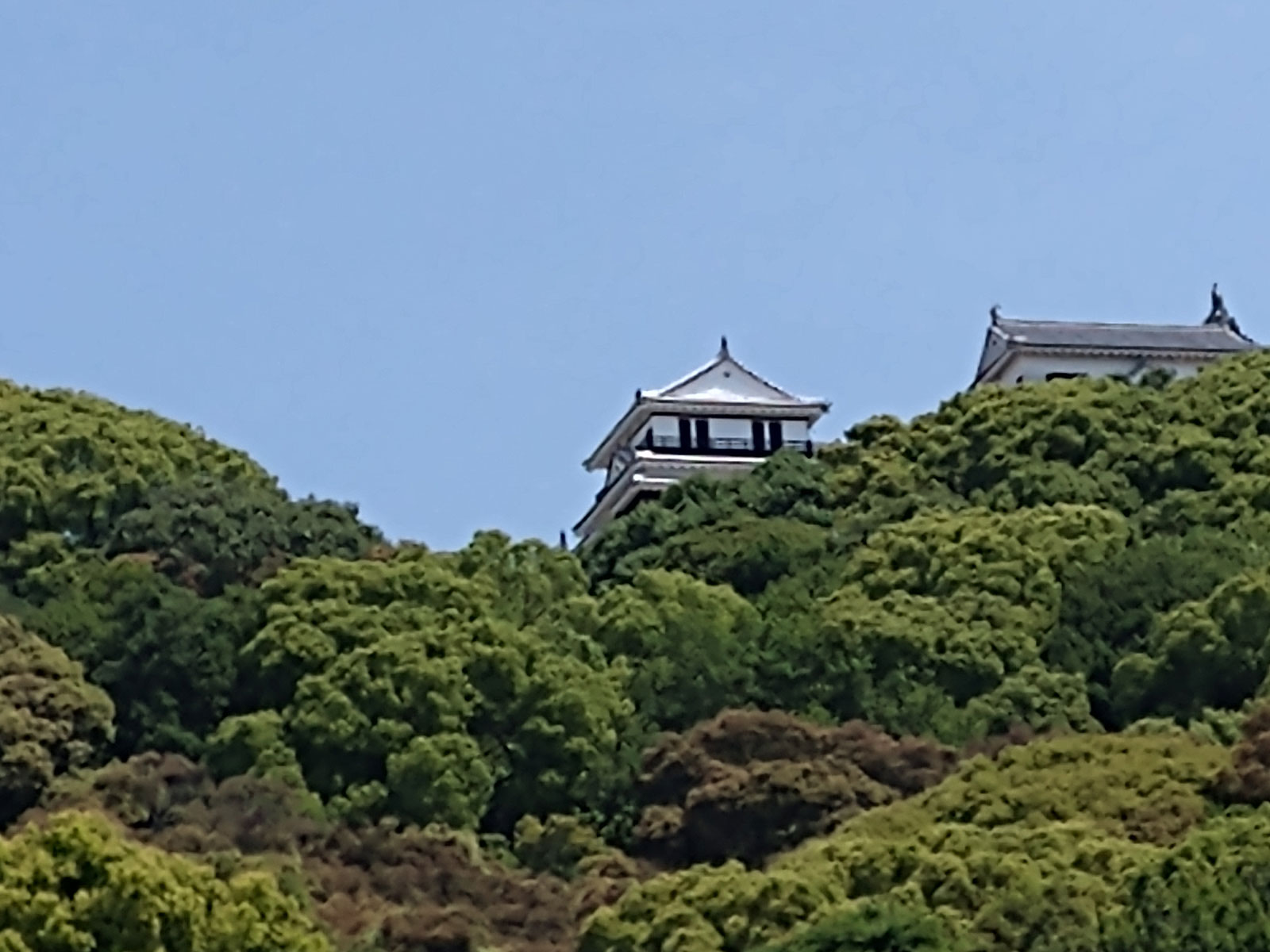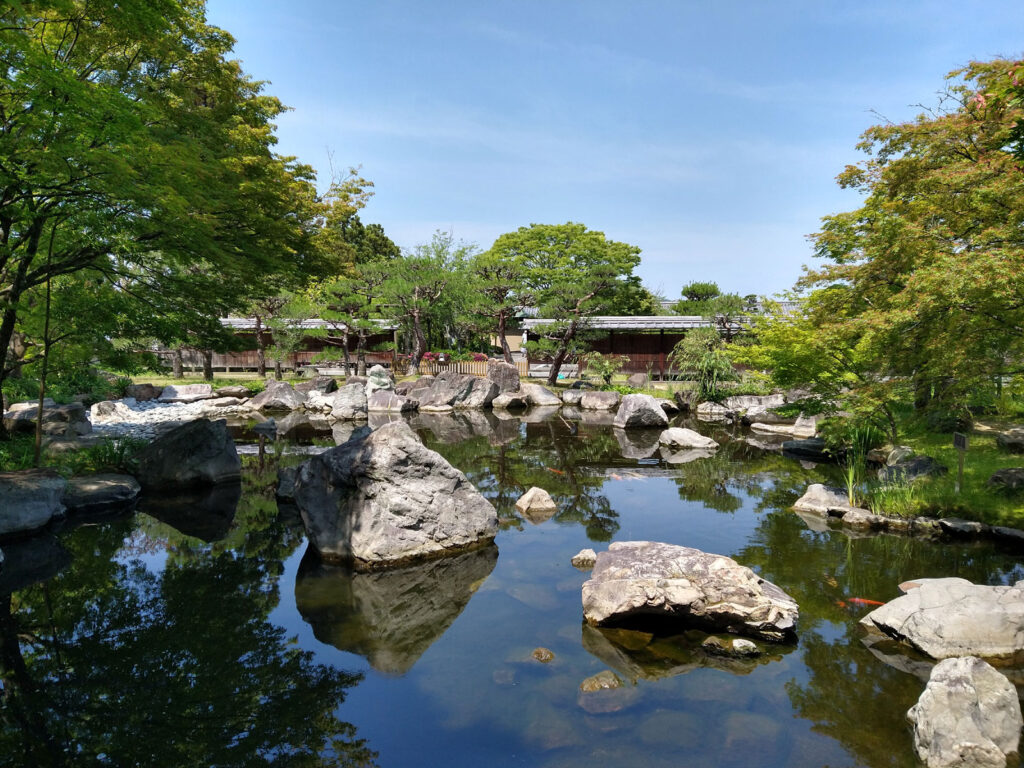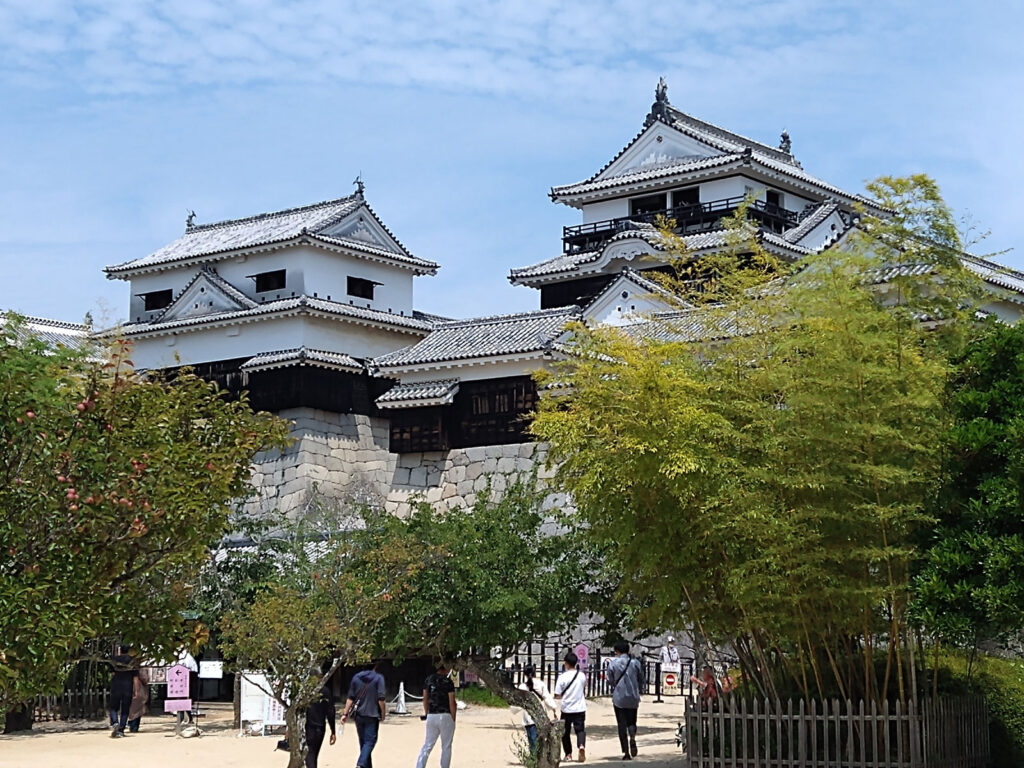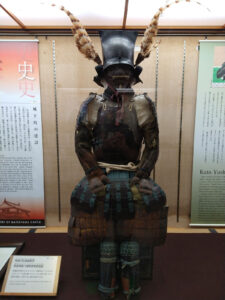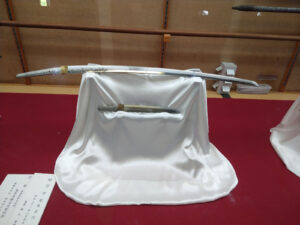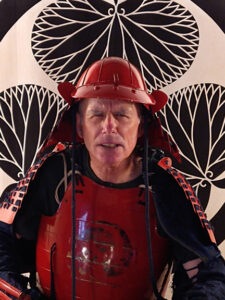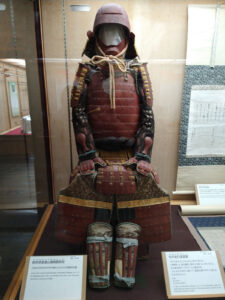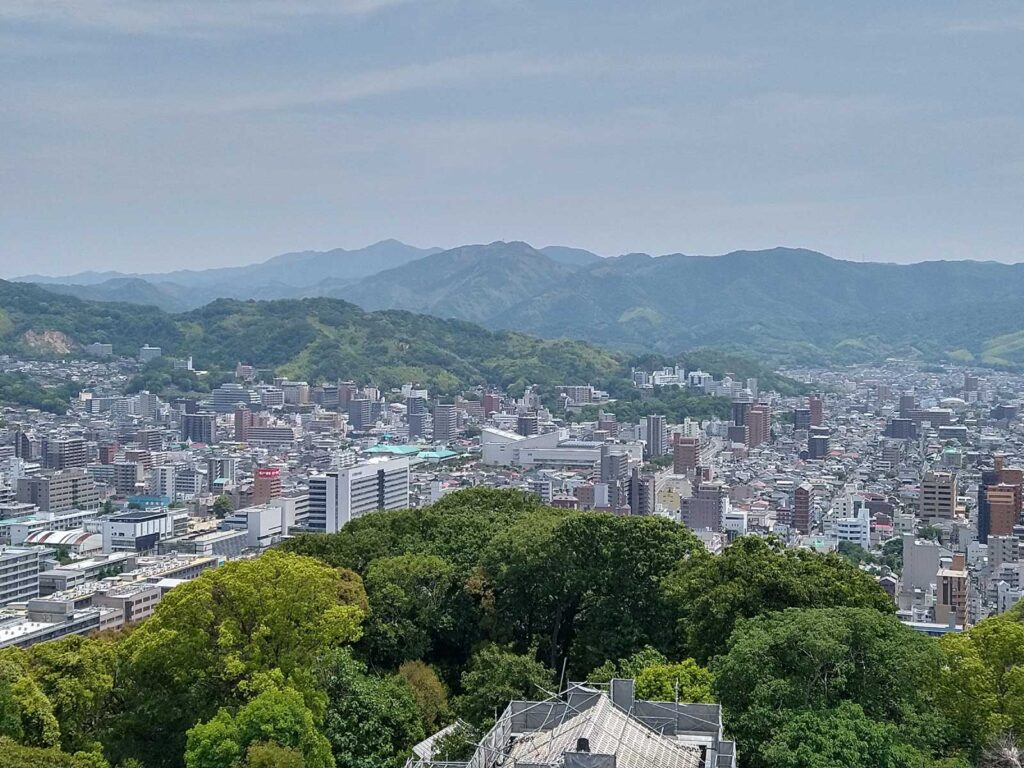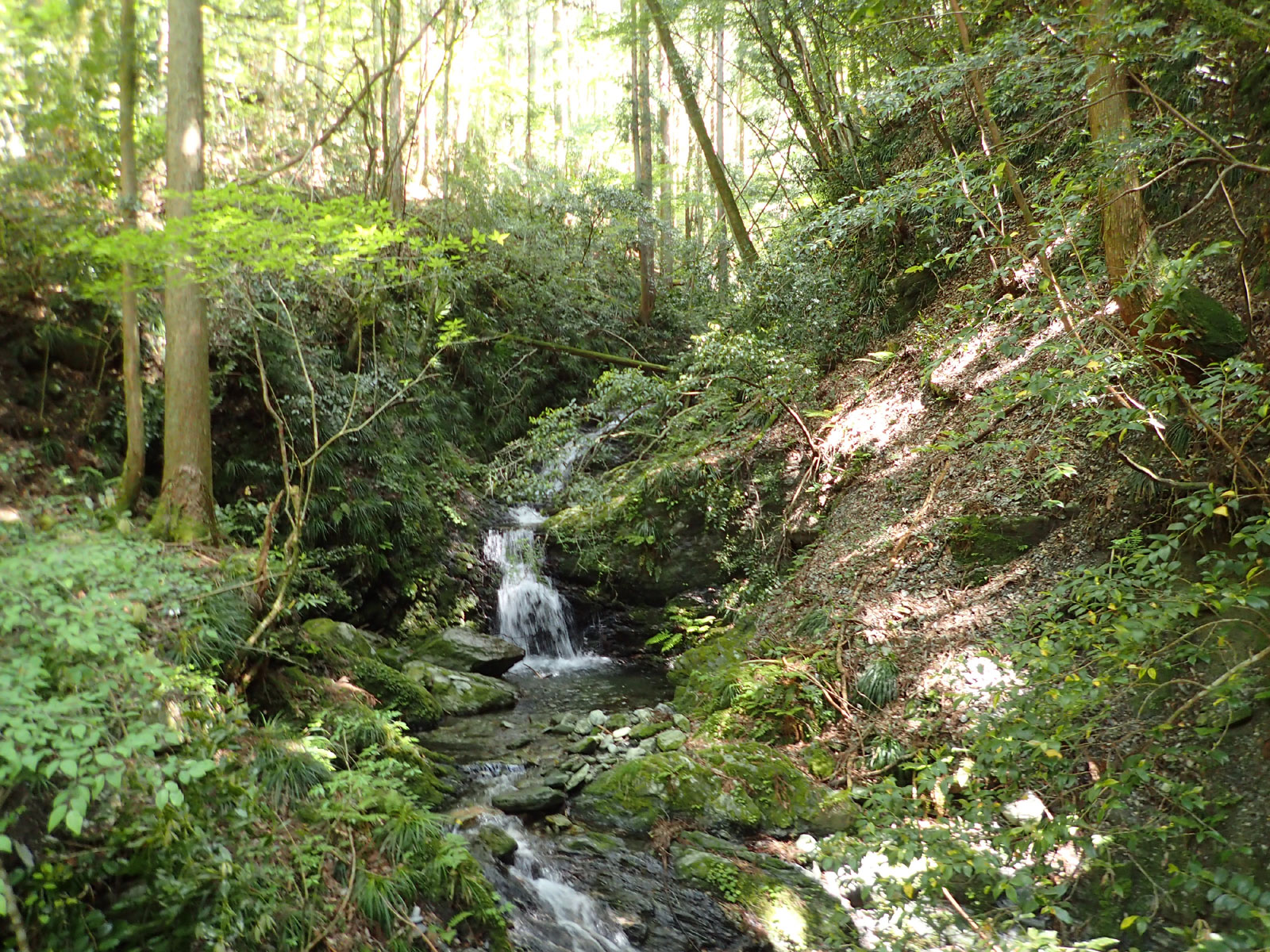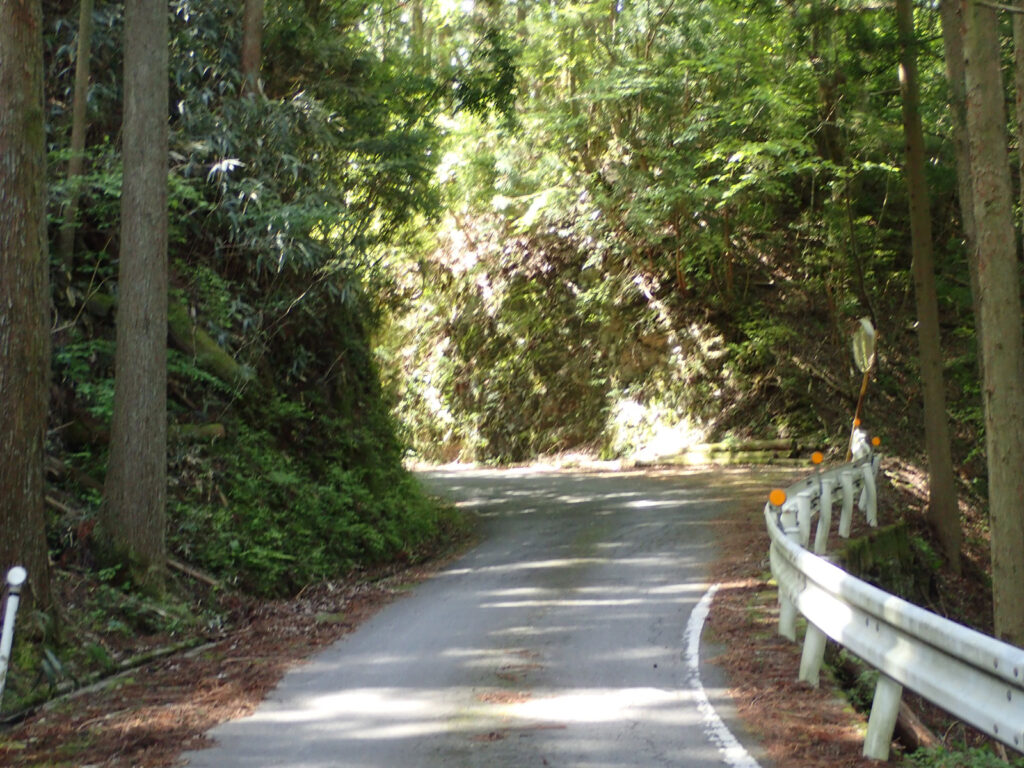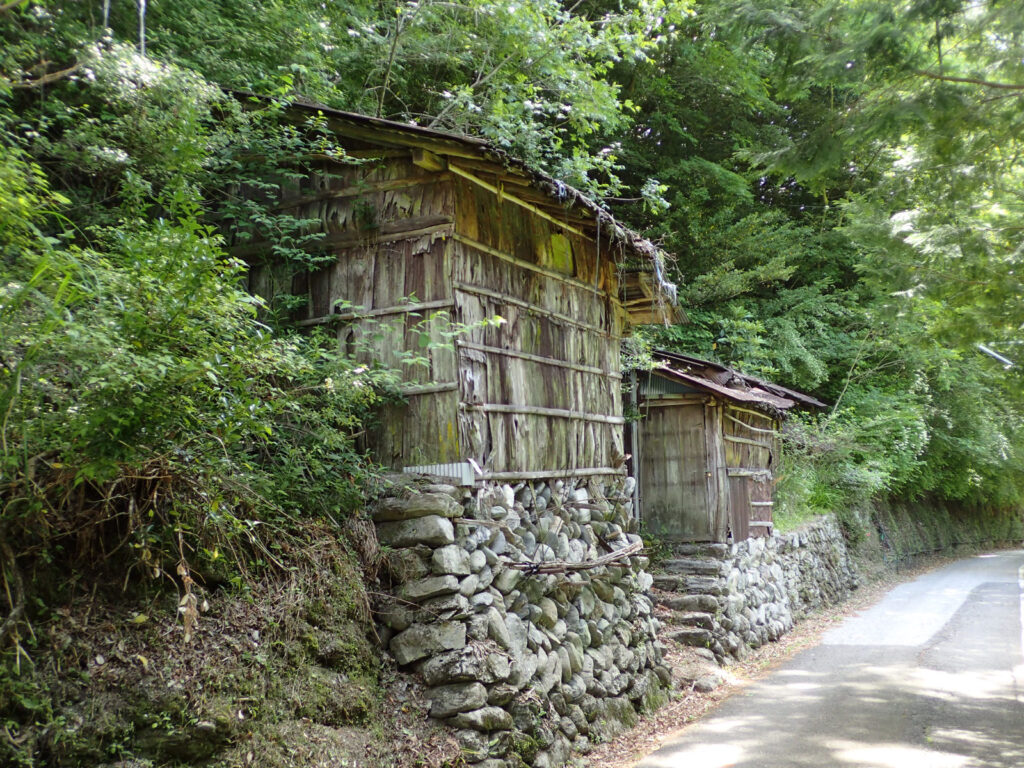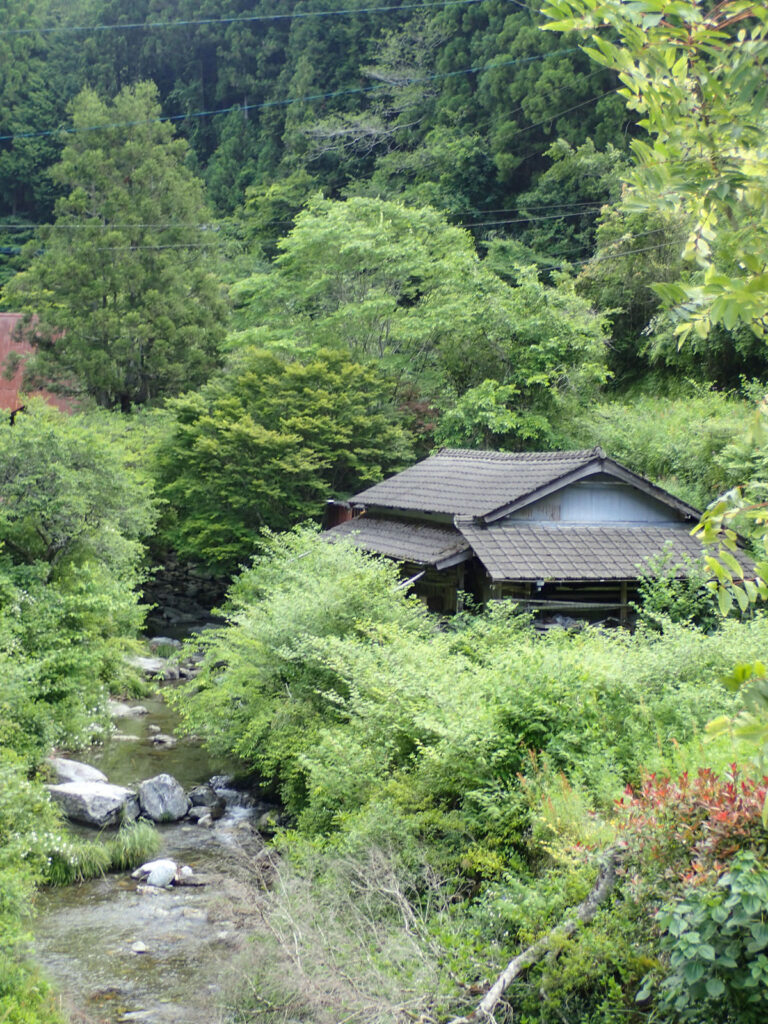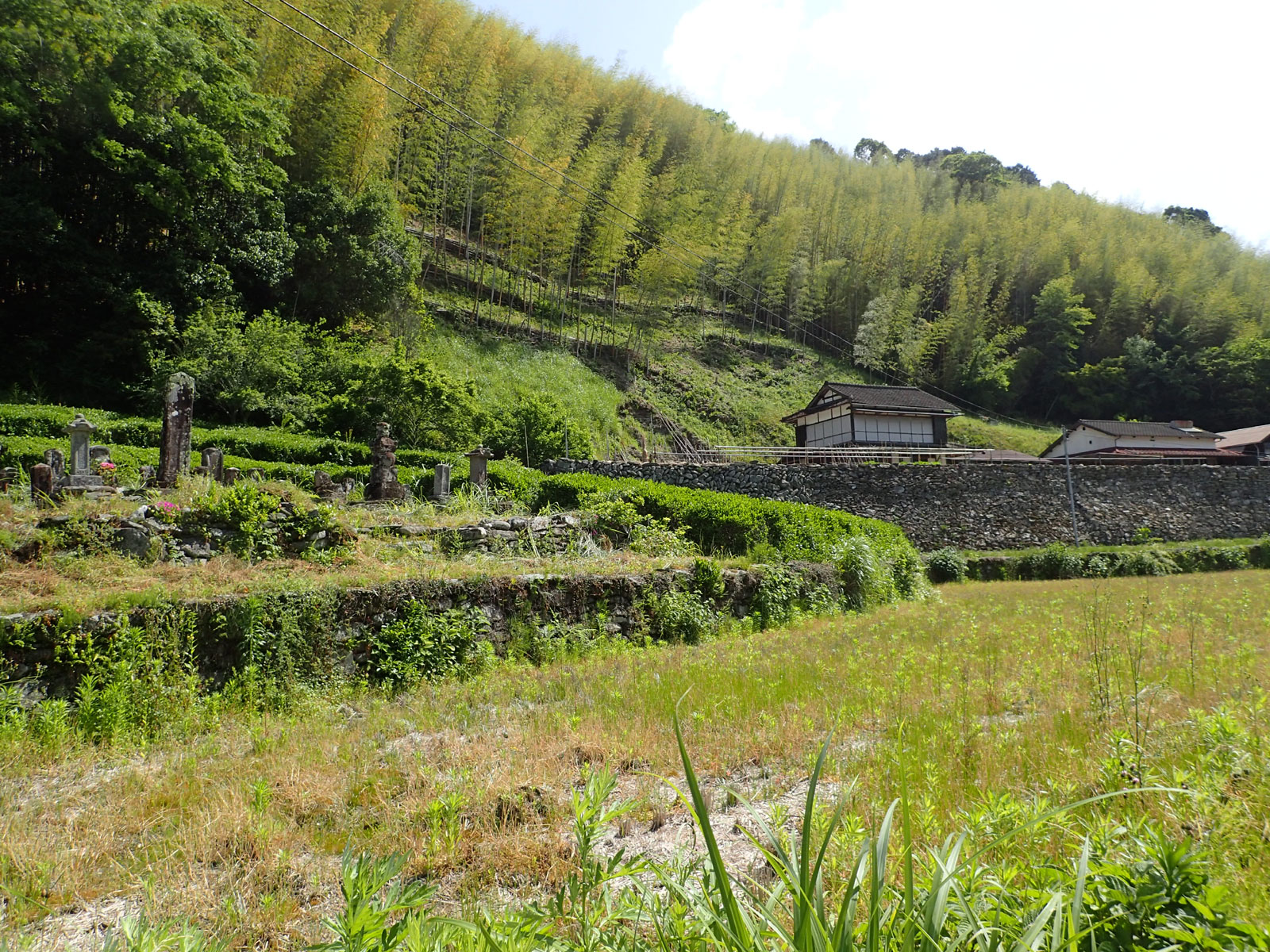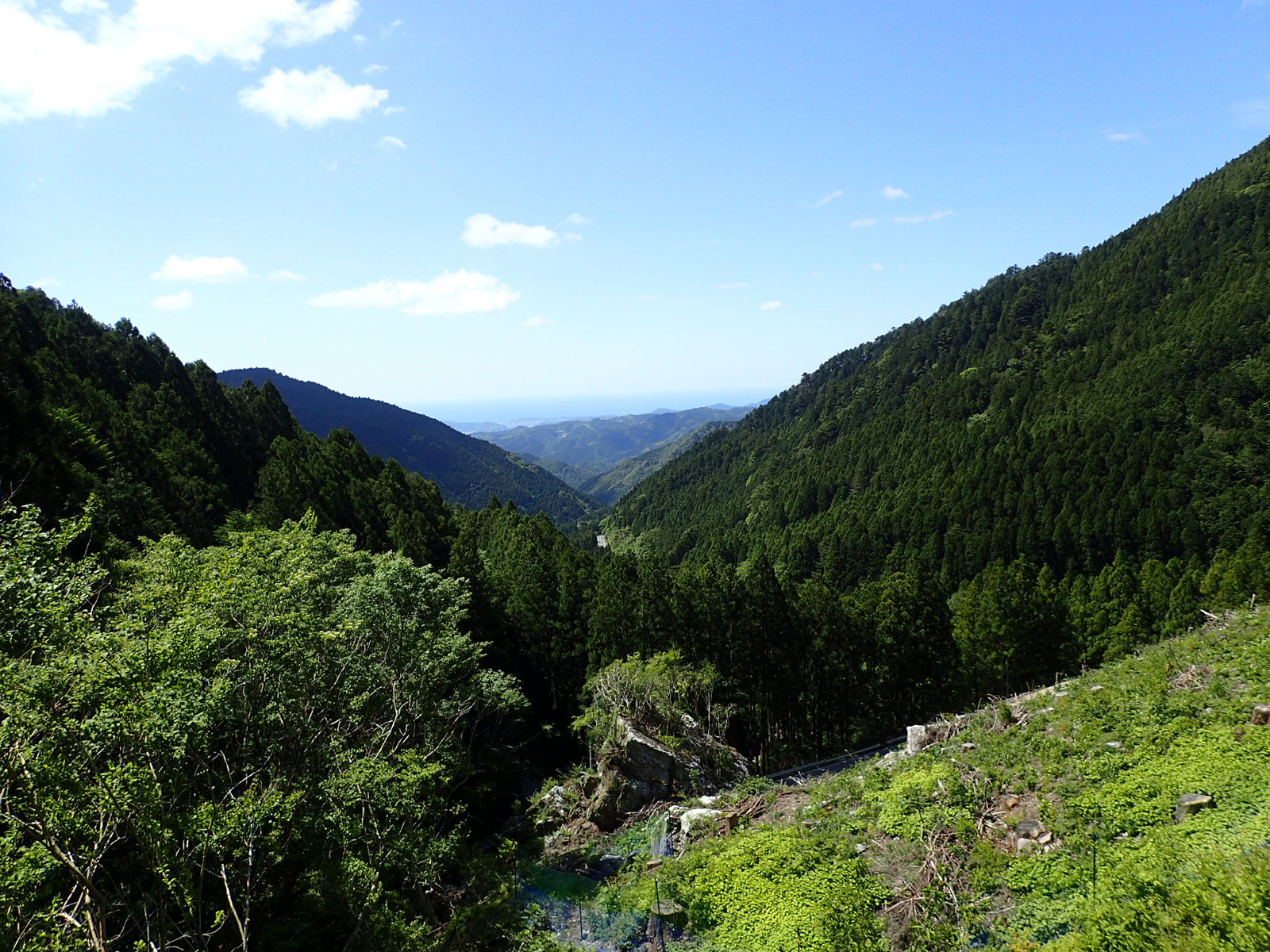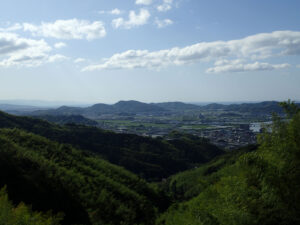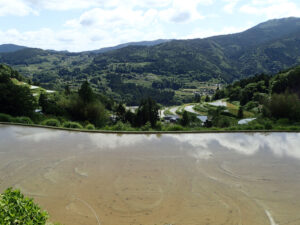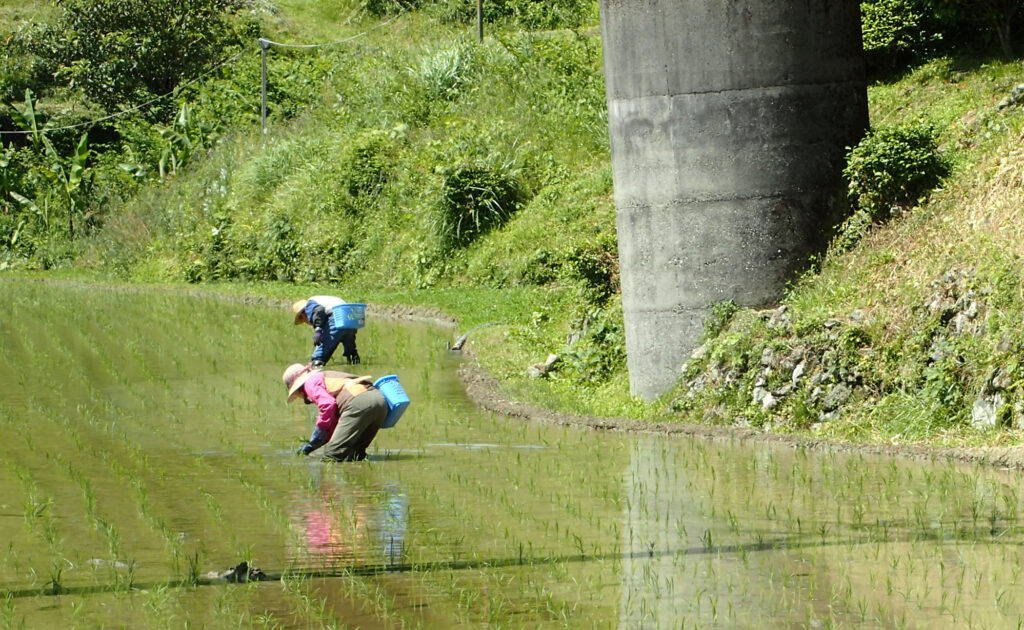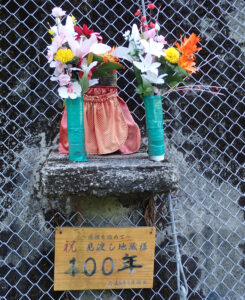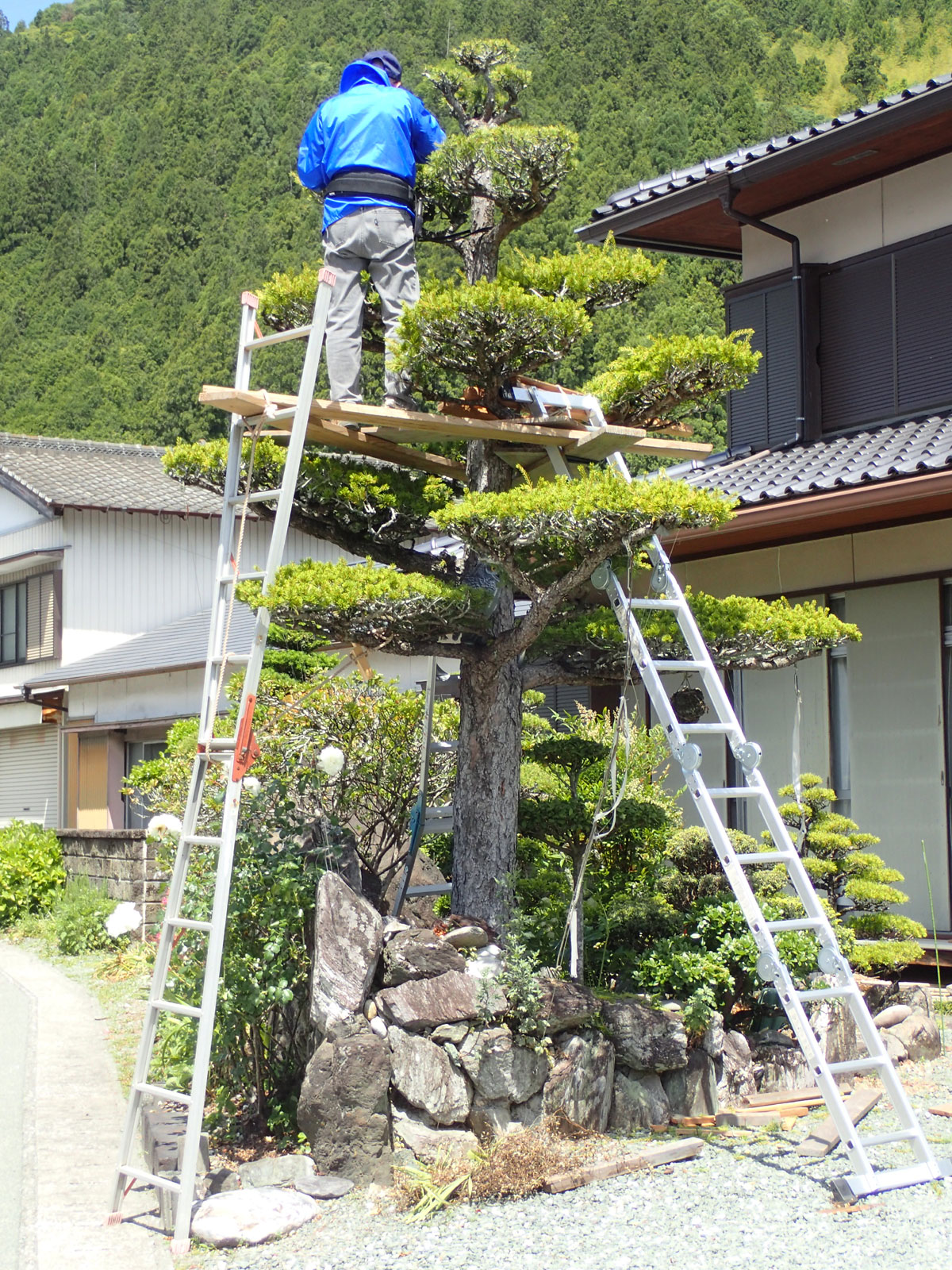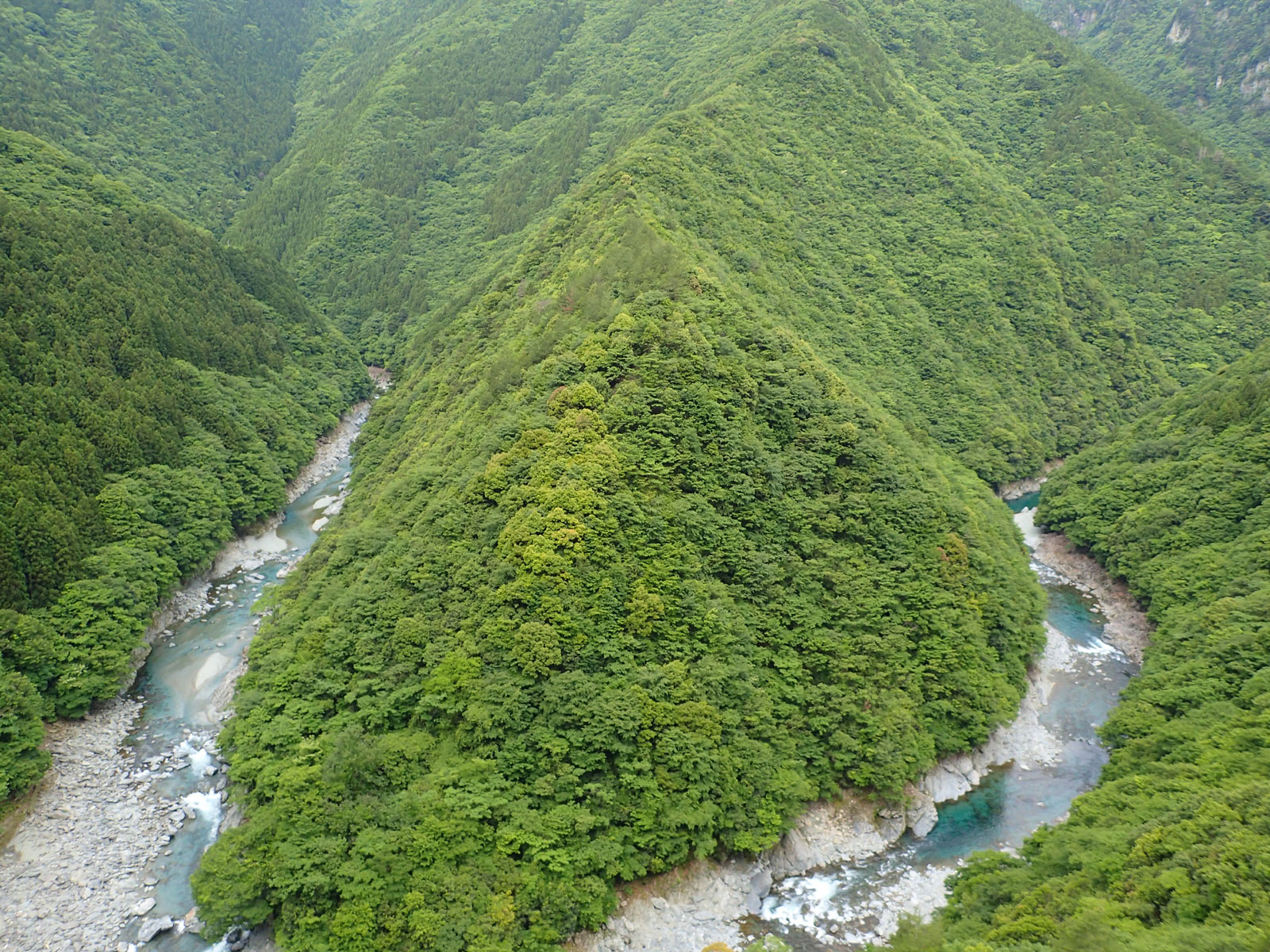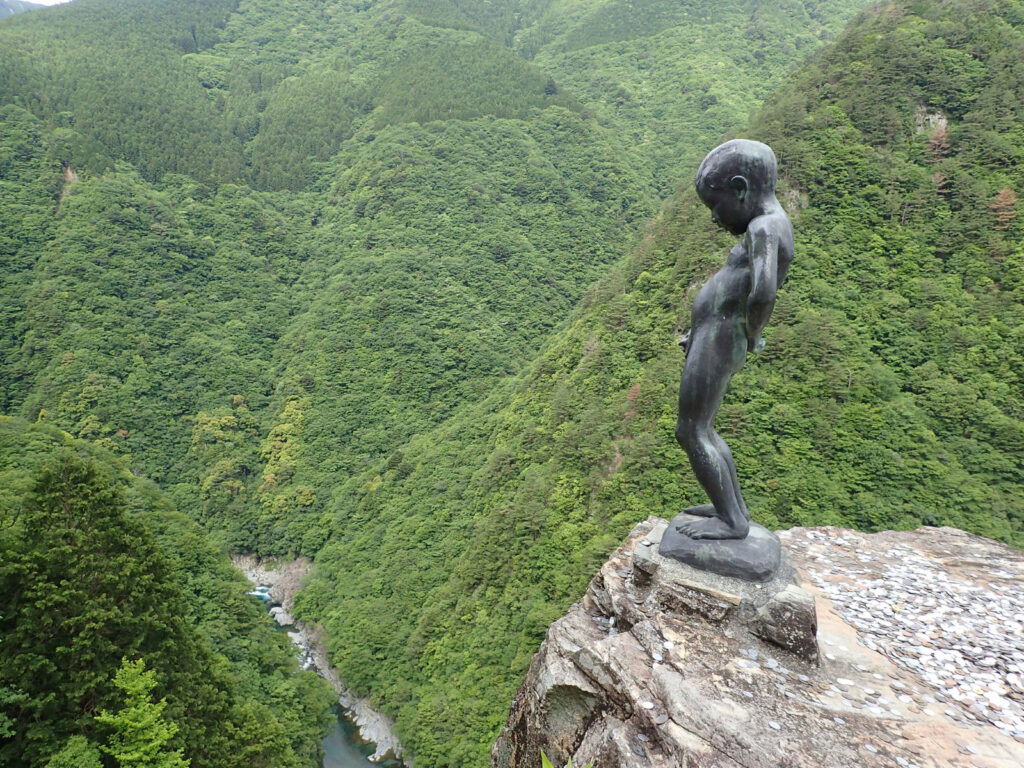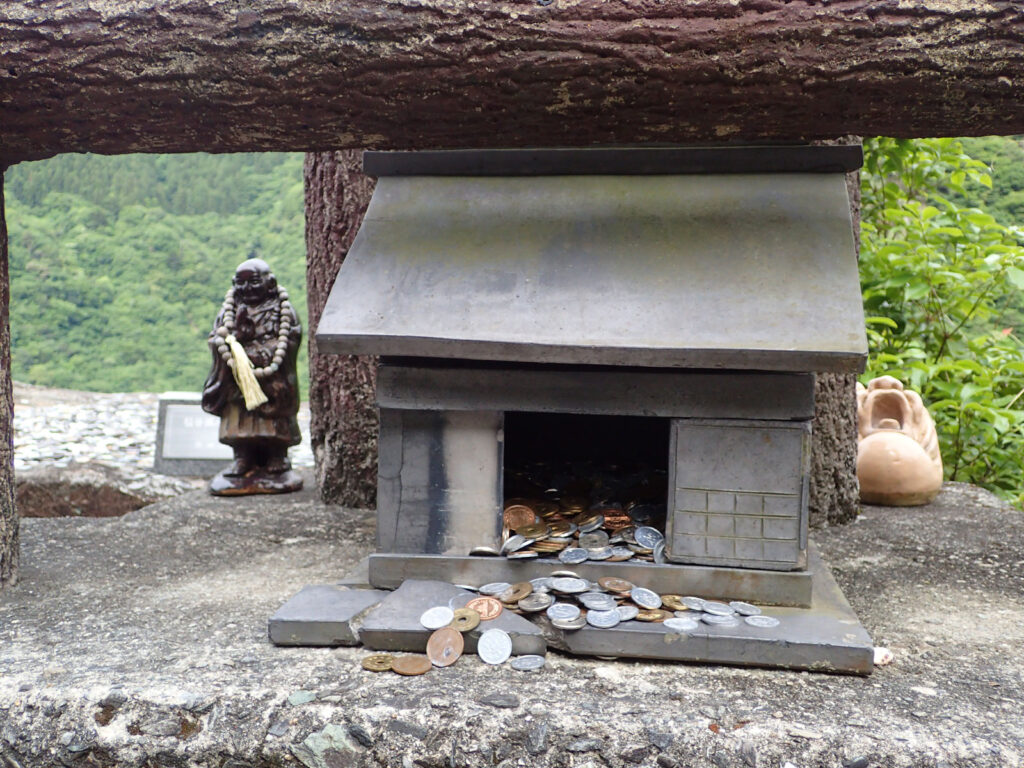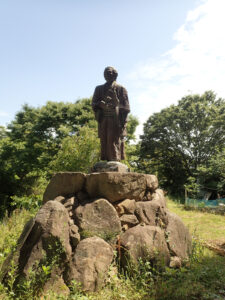May 15 and 16, 2023

So far our adventures have been mostly outdoors. This time we opted for something different. Busan is the second largest city in South Korea. It is actually a sprawling collection of industrial centers that have morphed together into one large metropolis. Three and one half million people call it home and most work in some sort of industry or services to support industry. This is not to say that there is not a strong tourism and recreational economy as well but everything seems secondary to the mighty builders of things. With this theme in mind one of our group set up a tour of the world’s largest automobile manufacturing complexes, Hyundai. Our ride was in one of the many private motor coaches seen in Korea. You may notice in the above photo that these coaches are quite fancy.
Hyundai’s facility in the Ulsan section of greater Busan is truly a behemoth. Covering an area larger than 600 football stadiums and rolling out 6,000 cars per day, it is hard to not be impressed.(That’s one every 10 seconds!) They even have their own port facilities where the vehicles are loaded onto ships almost as fast as they are produced. You might think that such a facility would be robot city but this is not so. Strong unions here have resisted automation to a large degree and the cars are produced on a fairly traditional but efficient assembly line. Over 32,000 workers (mostly male) work here and earn the equivalent of around $100,000 (Canadian) dollars a year or about $70,000 US.
The factory was originally established by Ford Motor Company back in the 1960s and used to produce Ford designed cars for markets outside the USA. Beginning in 1974 they began engineering their ownn made in Korea designs and using what they learned from Ford produce the first 100% Korean model, the Pony. Hyundai is now the third largest producer of cars in the world, two places ahead of Ford at number 5.
While Busan is quite industrial, like the larger City of Seoul it has ample recreational spaces. The waterfront in the area of our hotel was preserved a a wide and very clean beach fronting on the East Sea or Sea of Japan as it is known by the rest of the world. While we were here there was a competition featuring large and elaborate sand sculptures. One hopes that very high tides and typhoons are rare here or all is lost.
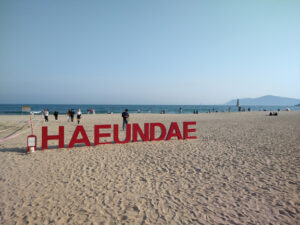
Our next day will be spent in planes and at airports. My next post will be from Japan.

